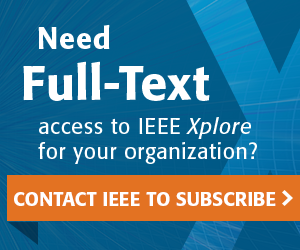I. Introduction
Contemporary media art has undergone a dynamic transformation in its technological forms of artistic expression and in the audience's perception of the artworks. Since the advent of digital technologies, the creation of models that dynamically visualize different types of data streams has been the focus of research and experimentation in various fields of science and also art, including media art. Questions about media art projects driven by information visualization range from topics such as the unconventional nature of the elements constituting the artwork-program code, information, state-of-art technology-to the difficulties of finding their proper place in the mainstream contemporary art landscape. This paper discusses the abovementioned questions through several case studies of information visualization driven contemporary media artworks created and developed by the RIXC Centre for New Media Culture and its collaborating artists between 2005 and 2022. The coding of the data included (a) ethnographic studies of the artwork development, (b) qualitative studies of visualization technologies, and (c) participatory and collaborative aspects of selected media art projects. As a result, the paper explores how the artistic meaning of media art projects based on information visualization can be better understood using the concept of neomateriality. In this way, the paper expands the discussion on the placement of media art in the mainstream of contemporary art.


